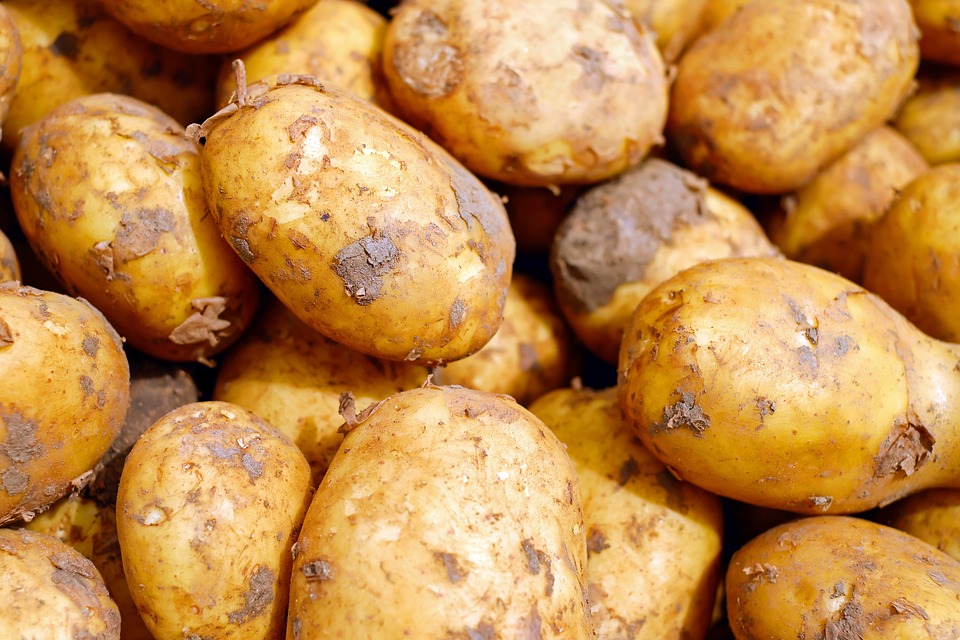Potato tuber moth remains a concern to many potato growers in our key production areas. Potato tuber moth causes severe damage to the potatoes which results in losses to growers due to its impact on quality.
This can be attributed to a few reasons which include:
1. High summer temperatures.
2. Potato tuber moth reaches the potatoes underground through cracks in the soil. Farmers can reduce these cracks through irrigation. This practice is unfortunately challenged by the current intense loadshedding schedules the country is facing.
3. Infected potatoes is a source of secondary infestation. Infected potatoes must be discarded and buried at a depth of at least 50 cm.
4. Potatoes SA commissioned a research study by Prof Hannalene du Plessis from the North-West University, Unit for Environment Sciences Management, to evaluate the status of susceptibility of Potato tuber moth to some of the registered insecticidal options. This study showed a shift in the sensitivity of the pest to some of the important insecticides. It is advised to rotate existing insecticides to optimise efficient insecticidal control.

(Source: : R van Staden)
The following is a Nine Point Plan to mitigate Potato tuber moth infestations:
1. T – Take note of population trends by monitoring.
2. U – Understand the product label.
3. B – Bury infected tubers at least 50 cm deep.
4. E – Engage with neighbors to align treatment strategies.
5. R – Rotate insecticides according to their Modes of Action based on IRAC guidelines
6. M – Manage cracks through ridging and irrigation management.
7. O – Optimal coverage.
8. T – Timely application based on label recommendation.
9. H – H2O do not cut water volumes and use irrigation to manage cracks.
For More Information contact Dirk Uys, Research and Development, Potatoes South Africa
Email: dirk@potatoes.co.za
or
Prof Hannalene du Plessis, Integrated Pest Management Program, Unit for Environment Science Management, North-West University
Email: hannalene.duplessis@nwu.ac.za









